2.2 The diversity of research data
Enjoy!
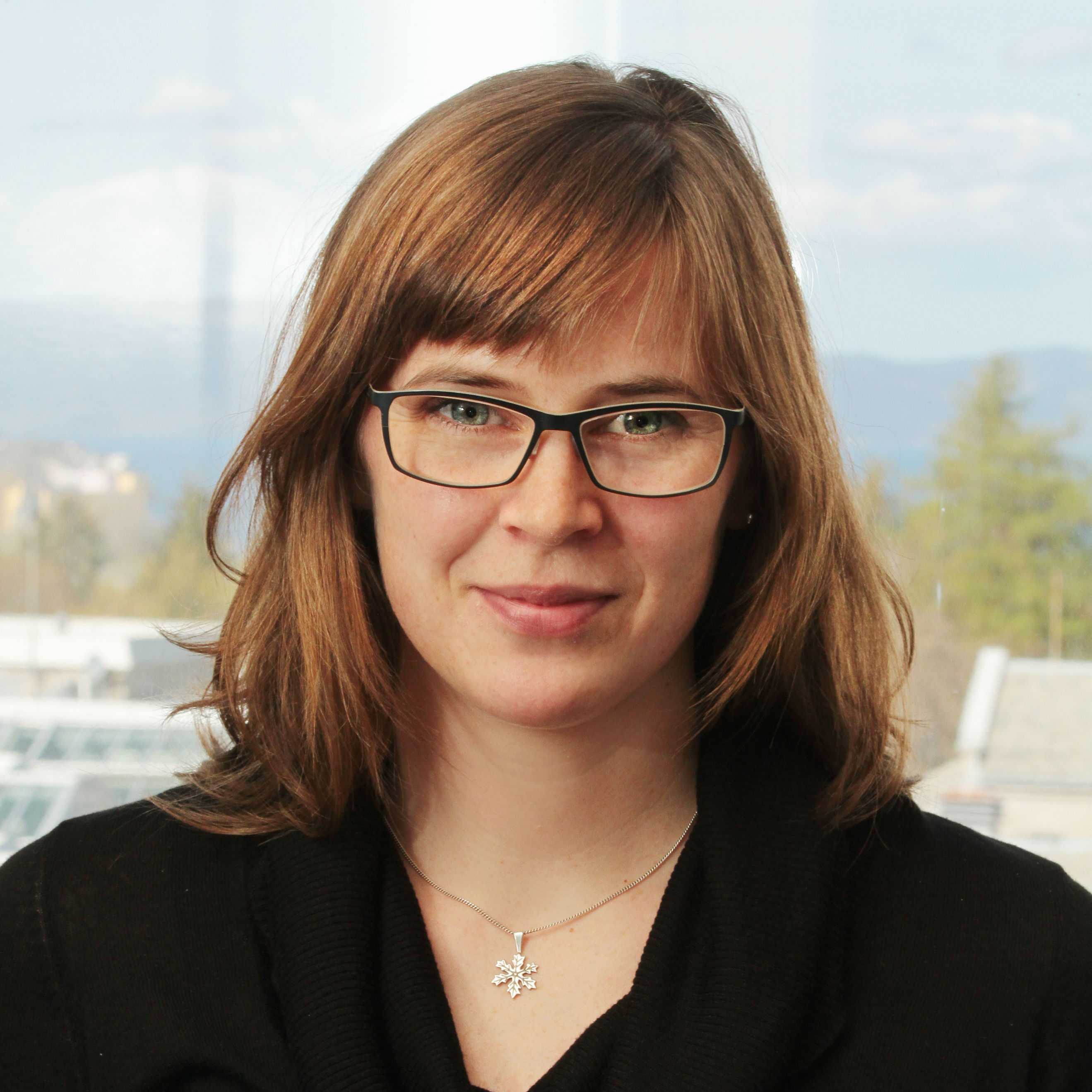
Clara Good
Clara Good is Associate Professor at the Department of Technology and Safety at UiT The Arctic University of Norway. Her research area is renewable energy and sustainable transport.
"My current research area is the intersection between renewable energy sources and electric transport. The data I collect is mostly technical data, for example detailed performance and weather data from a solar cell system at 5-minute intervals. We will soon start collecting detailed flight data from our small electric aircraft. The data is used to analyse performance of our systems, identify improvements and problems, and as input to simulations. In addition, I use statistical data on a personal vehicle fleet, buildings, and energy demand. The simulations themselves also generate new data."
Photo: Roberto Kinloch Valle
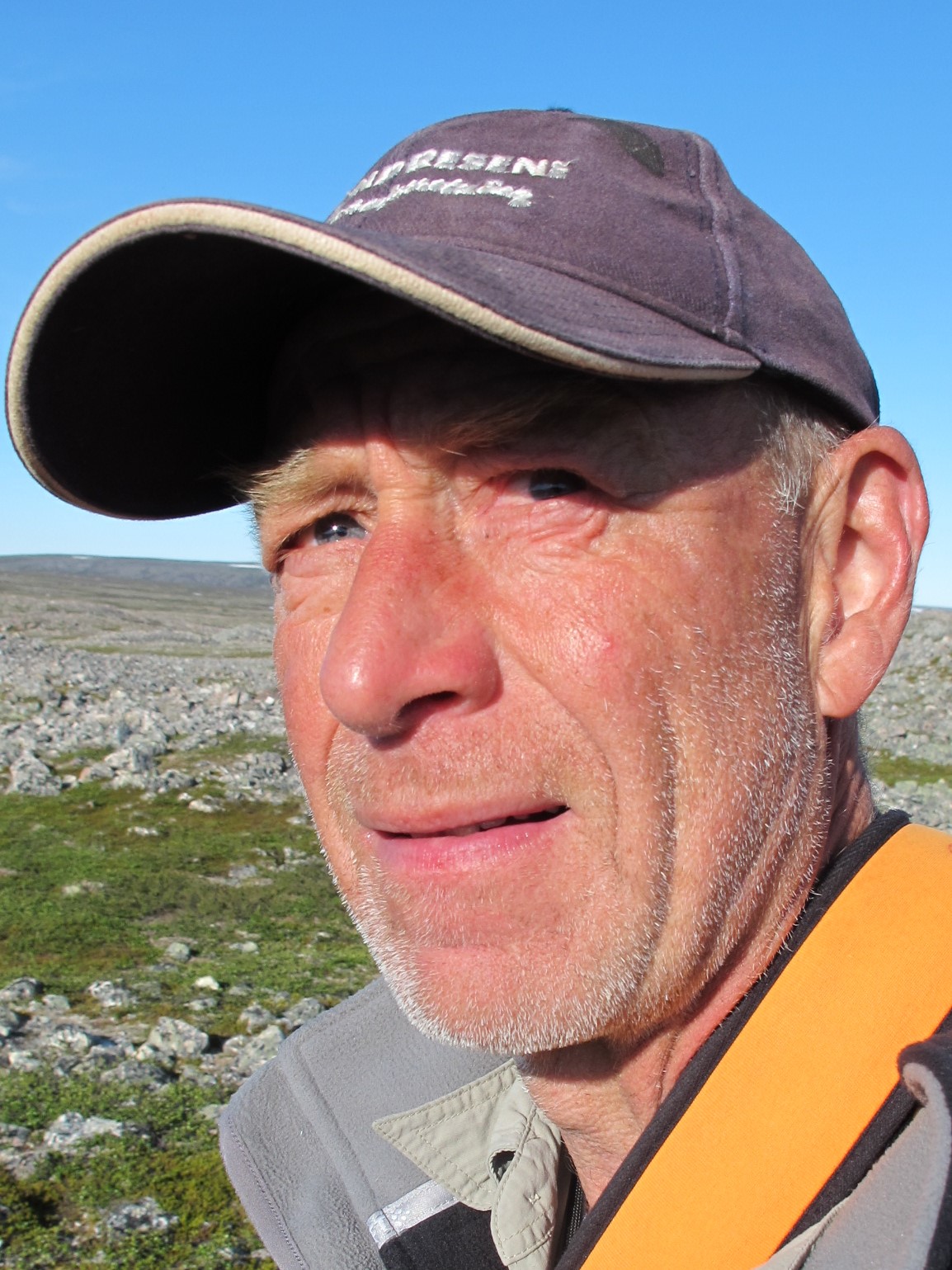
Rolf A. Ims
Rolf A. Ims is Professor at the Department of Arctic and Marine Biology at UiT The Arctic University of Norway. His research area is ecosystem dynamics in the Arctic, and the impact of climate change.
"Arctic ecosystems are currently subjected to rapid climate warming that is expected to radically change their structure and functioning. I am currently leading a long-term research program (https://www.coat.no/en/) that is destined to predict and document such changes in the Norwegian Arctic. A key challenge is that ecosystems are complex entities that must be analysed based on a variety of data sources and methods, from local-scale measurement of organisms in the field to landscape- and regional-scale remotely sensed patterns and processes from drones and satellites."
Photo: Private
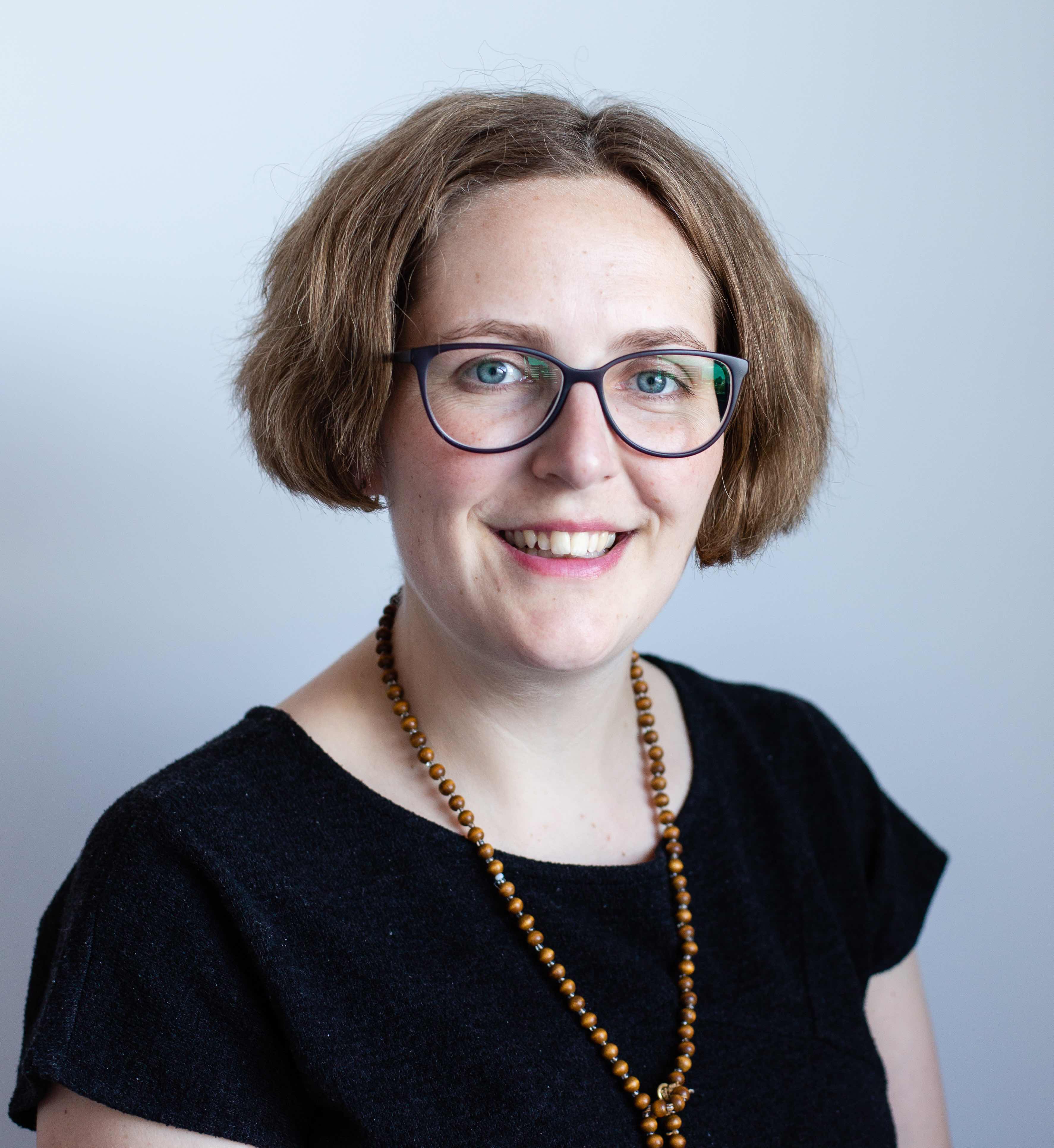
Lauren Gawne
Lauren Gawne is Senior Lecturer at La Trobe University, Australia. Her research area is linguistics, language documentation and description, and Tibeto-Burman languages.
"My current research focuses on how people use gestures when they speak. That work, like so much of what I do, is built on recordings I make documenting Yolmo and Syuba (Nepal). I’ve used these corpora to explore grammar, analyse song lyrics, and study the sounds of these languages. When I build these corpora I include lots of metadata because I keep coming back to answer questions I didn’t even know I was going to ask when I started collecting data!"
Photo: Supplied
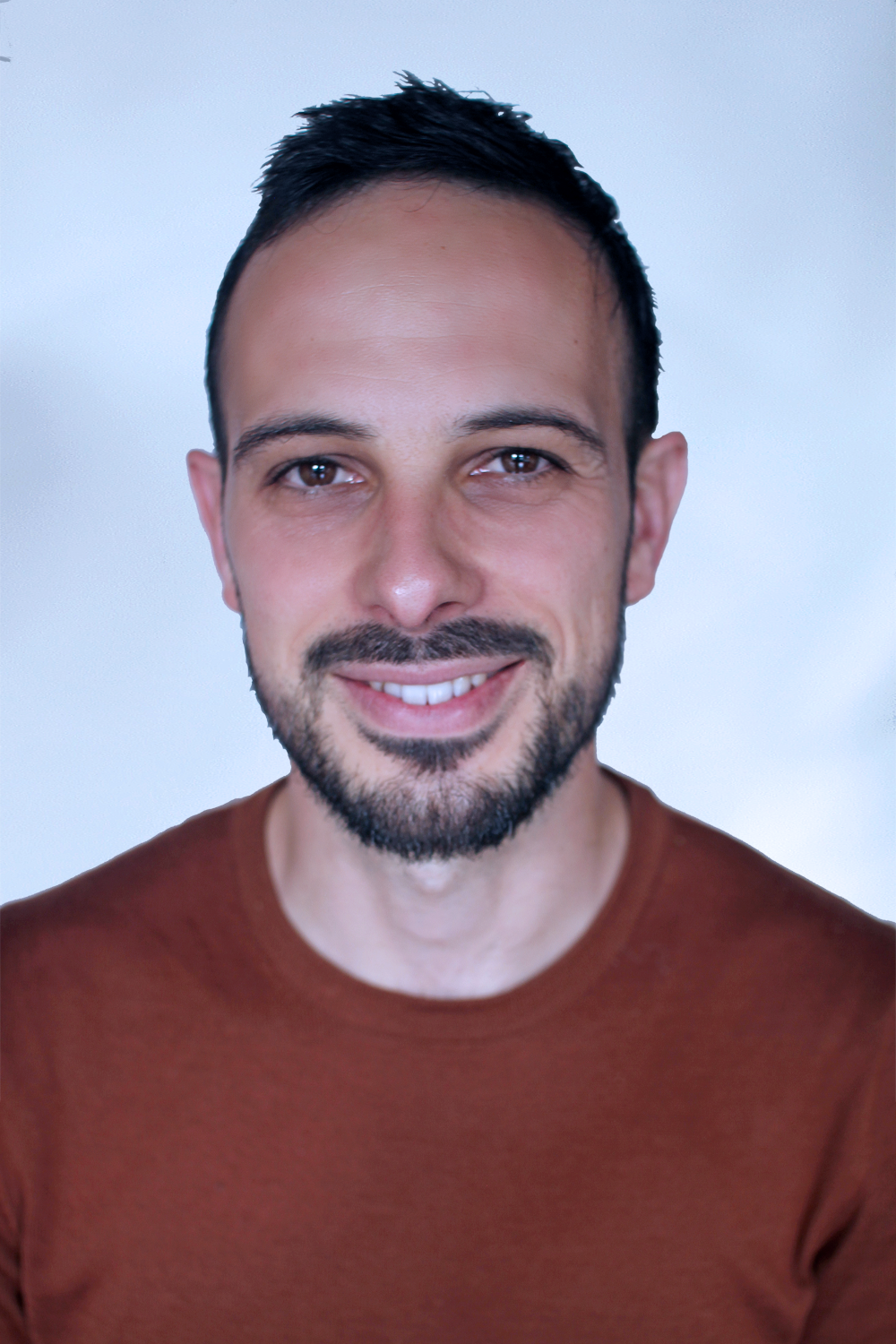
Jorge González Alonso
Jorge González Alonso is Postdoctoral Researcher at the Department of Language and Culture, UiT The Arctic University of Norway. His research area is multilingualism and language processing.
"My research is concerned with how the mind/brain acquires and processes multiple languages in real time. To study this, I employ both behavioural methods (response times, eye-tracking) and implicit neurophysiological measures such as electroencephalography (EEG). These electrodes measure electrical brain activity at the scalp, which we record while the participants do some computerised task involving language. Because there is so much noise in the electrical signal, these valuable data must be extracted by averaging hundreds of data points together, until the signal emerges. It is a labour-intensive method, but its outcomes greatly improve our understanding of the neurobiological bases of human language."
Photo: Irati Lafragua

Vivian Berg
Vivian Berg is Associate Professor at the Department of Medical Biology at UiT The Arctic University of Norway. Her research area is environmental pollutants and human health.
"In my project I am investigating the role of perfluoroalkyl substances (PFAS) in the development of diabetes mellitus type 2 (T2DM). I use data and blood samples from the Tromsø study, a health survey that has been conducted every 7th year since 1974. I am using blood samples collected at five surveys from the same 290 individuals (145 of the individuals developed T2DM). In stored serum from each survey we are analysing a panel of PFASs, hormones, vitamin D and inflammation markers, in addition to using demographic- and lifestyle information that has been obtained through questionnaires at each survey."
Photo: Private
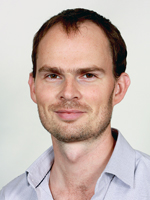
Snorre H. Christiansen
Snorre H. Christiansen is Professor at the Department of Mathematics at the University of Oslo. His research area is differential equations and computational mathematics.
"I do research on numerical methods for simulating partial differential equations, especially finite element methods. Numerical simulations generate datasets consisting of approximate solutions to the equations and these are compared with exact solutions to assess the quality of the numerical method. Sometimes solutions are compared with benchmarks also. Code is sometimes made public (open source)."
Photo: University of Oslo
Lilli Mittner
Lilli Mittner is Postdoctoral Researcher at the Centre for Women’s and Gender Research, UiT The Arctic University of Norway. Her research area is art and dementia
"I am currently exploring innovative understandings of dementia beyond human individual loss within the Artful Dementia Research Lab. Together with the local community we are developing situated art interventions as a novel method to capture aesthetic experiences beyond language and the rational mind. On the basis of a unique set of qualitative and arts-based data (such as video recordings, conversations, field notes, logbook writings and artworks) we are inquiring collectively in what it could mean to live with dementia. We further explore how to make the research process as open and transparent as possible and what ethics are at stake."
Photo: UiT The Arctic University of Norway
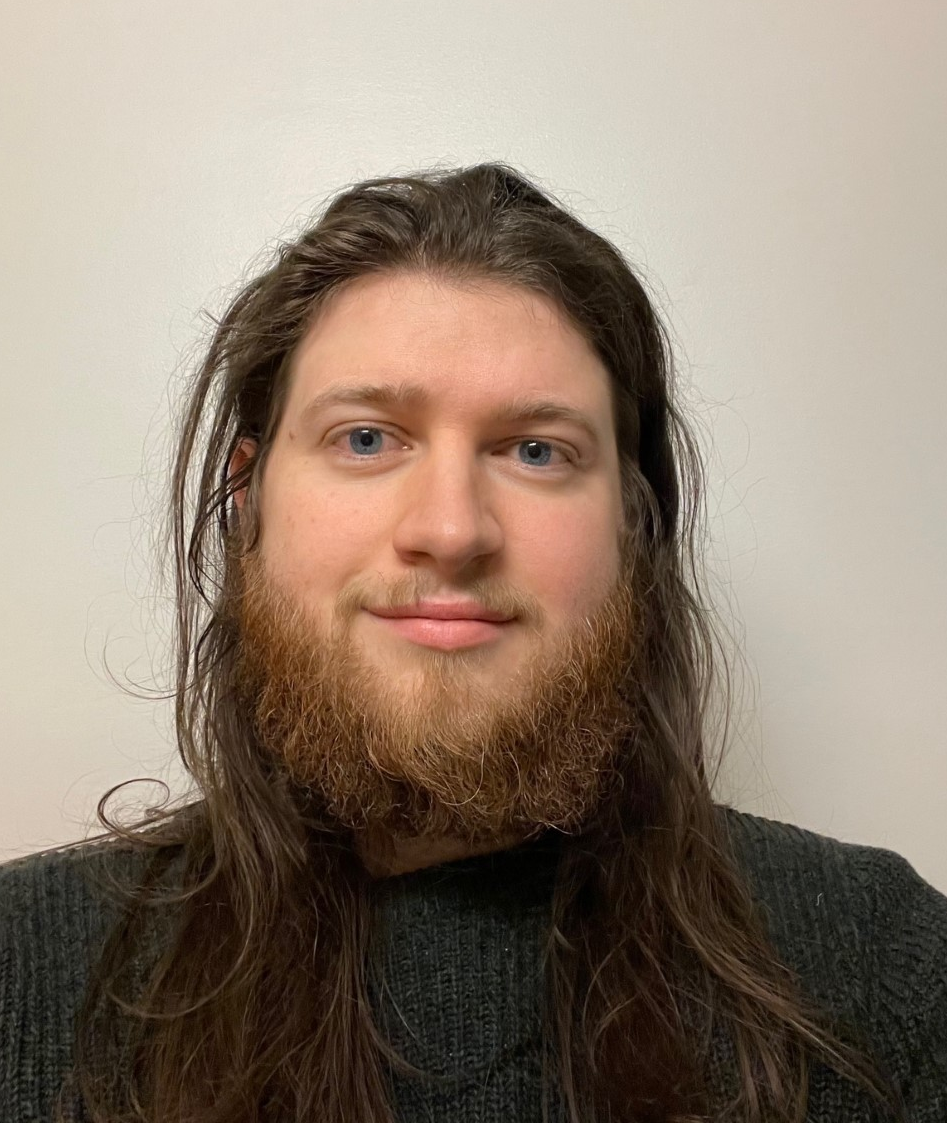
Philip Rainsford
Philip Rainsford is PhD Candidate at the Department of Chemistry at UiT The Arctic University of Norway. His research area is Nuclear Magnetic Resonance (NMR) and membrane-targeting antibiotics.
"My research focuses on the development of new methods to help understand how membrane-targeting compounds interact with bacterial cell membranes. The bulk of data collected is in the form of NMR spectra which we use to quantify the content and amount of water that can move across a bacterial cell-like barrier. We analyse this information to determine whether a compound disrupts the barrier enough to cause an increase in leakage – this should be analogous with the capacity to kill bacteria. The aim of this is to provide new insights that can better inform the design process of new antibiotics – something we are in desperate need of."
Photo: Private
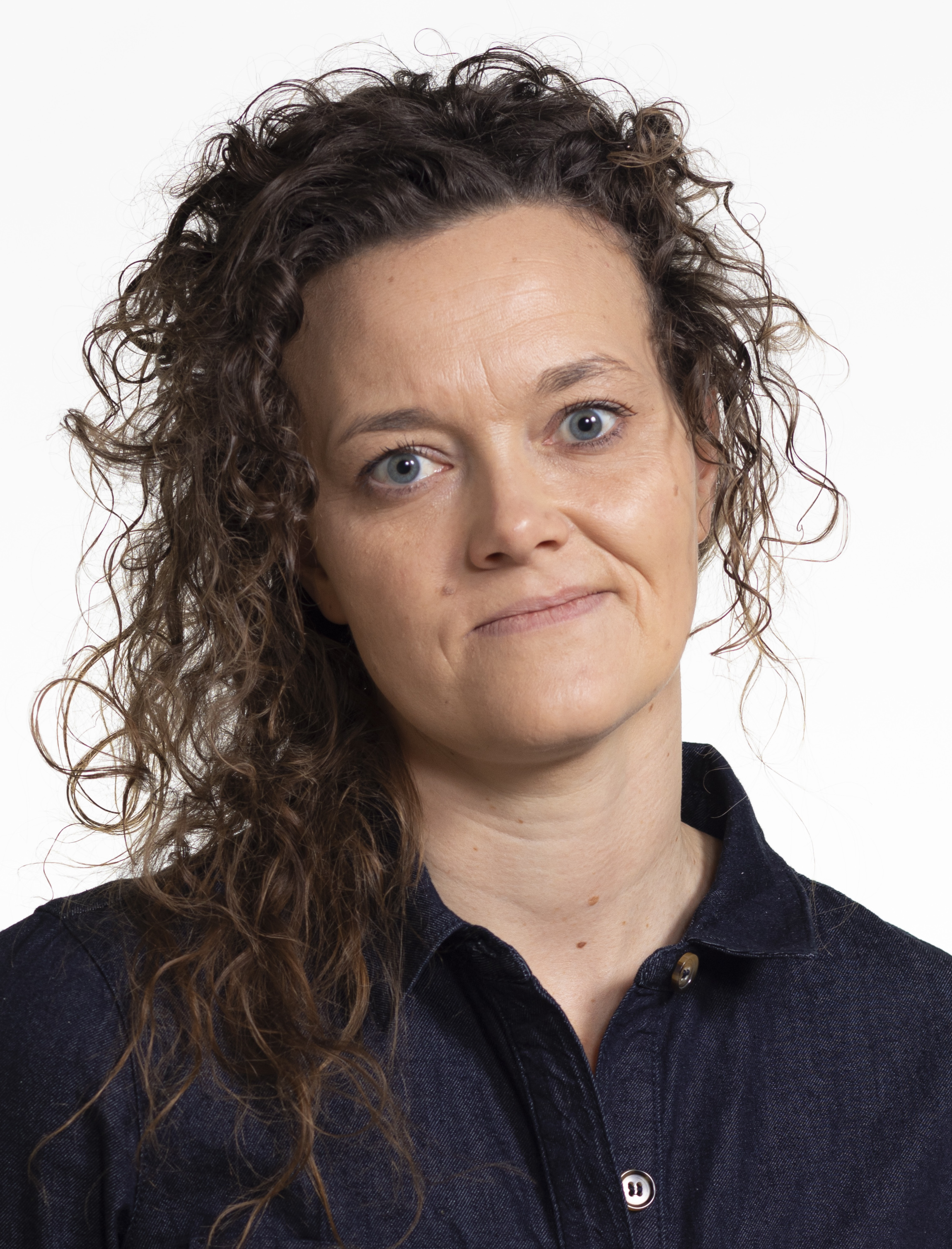
Siv Gøril Brandtzæg
Siv Gøril Brandtzæg is Associate Professor at the Department of Language and Culture at the Norwegian University of Science and Technology (NTNU). Her research area is literary studies and un-canonised genres of the past.
"My project investigates the marginalised genre of broadside ballads (skillingsviser), arguing that they deserve to be studied as the oldest and most enduring print genre in Norwegian cultural history. The neglect of the ballads in previous research is partly due to their inaccessibility in libraries. The project thus involves digitising a collection of ballads (in the Gunnerus special collections library), and making an open access database where the ballads are transcribed. The database is on the platform Omeka, and has been made using an excel sheet based on an existing library catalogue."
Photo: Thor Nielsen/NTNU
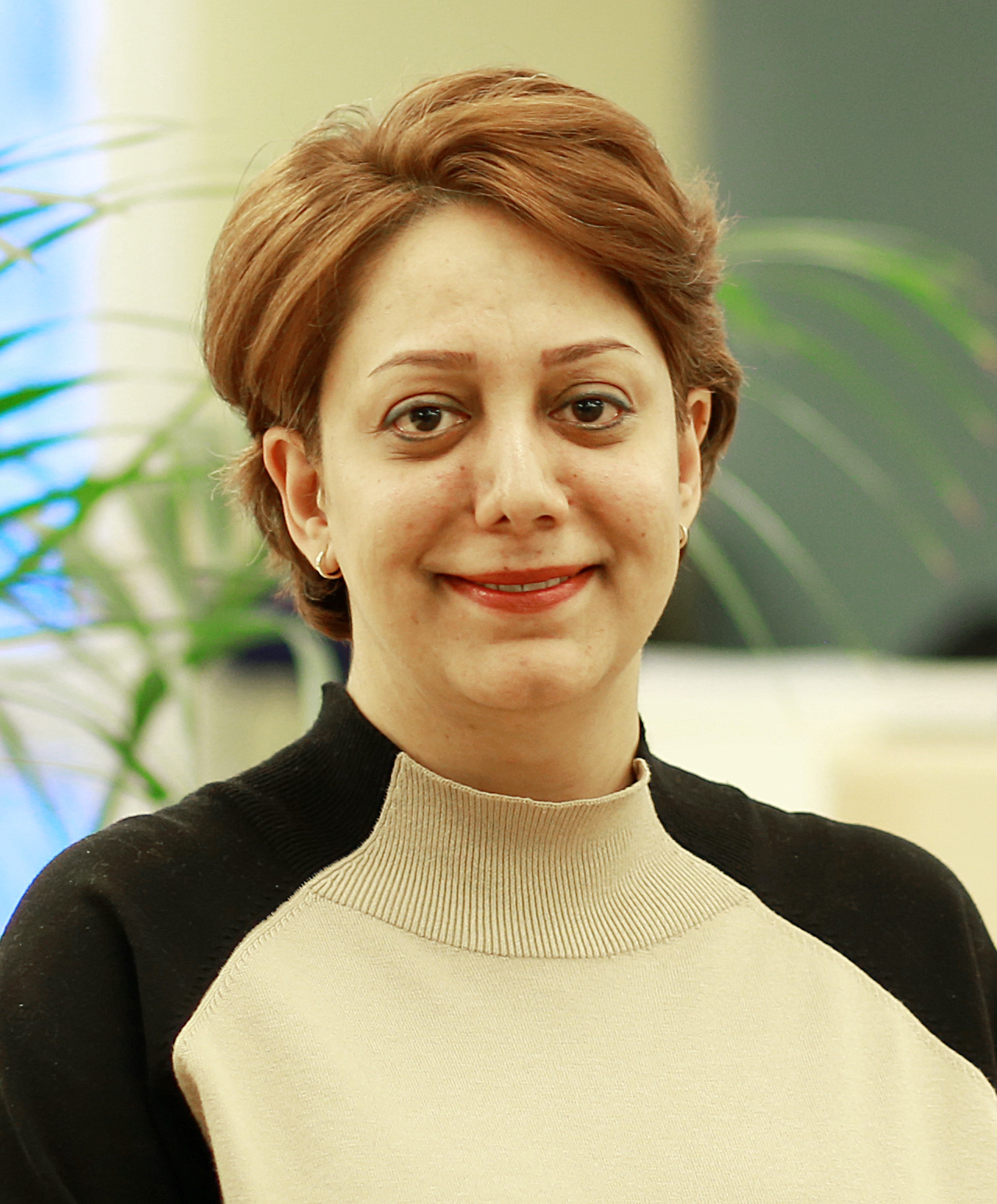
Maryam Tayefi
Maryam Tayefi is Senior Researcher at the Norwegian Center for E-health Research. Her research area is advanced statistical methods and machine learning algorithms on both structured and unstructured data.
"To have a better healthcare system, I do research on prediction models for diagnosis, prognosis, better treatment, finding new patterns and risk factors. To do this, I work on different datasets, including electronic health records (EHR), electronic medical records (EMR), cohorts, registries, randomised controlled trials (RCT), etc. Most of my research has been done on structured data, but besides structured data in EHR, unstructured data such as clinical text and images can provide extra and valuable information. I have been involved in different projects to apply advanced statistical methods, machine learning, natural language processing, and deep learning algorithms to extract valuable information from structured and unstructured data."
Photo: Norwegian Center for E-health Research